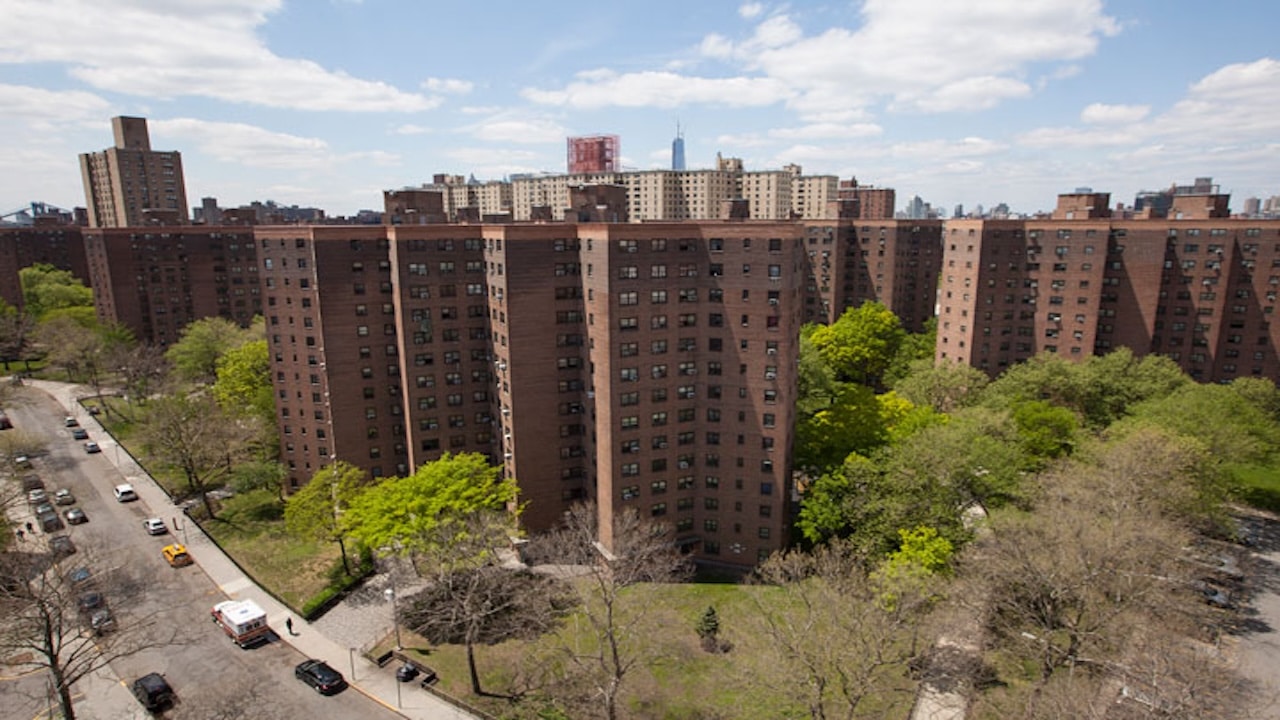Housing Officials Prepare for End of Emergency Housing Voucher Program
By Pamela Martineau
6 min read

In 2021, the Department of Housing and Urban Development (HUD) received $5 billion in American Rescue Plan Act funding to create a new Emergency Housing Voucher (EHV) program, aimed at housing what the government defines as “literally homeless” individuals. The funds were set to run through 2030.
In March, however, HUD announced that the EHV program would be depleted by about mid-2026 — almost four years sooner than anticipated. Housing advocates say the early depletion is due largely to the unprecedented growth in rents during and after the pandemic and the higher program costs of serving unhoused populations.
Over 56,000 households currently receive program assistance, according to the National Alliance to End Homelessness, and would be hard-pressed to find an alternative program better at providing — and maintaining — housing for vulnerable families.
“The lease-up rates and success rates are some of the highest in all voucher programs, and we attribute this to some of the additions to the program that recognized the needs of the households that were going to be served,” says Sunia Zaterman, executive director of the Council of Large Public Housing Authorities (CLPHA).

La Shelle Dozier, incoming chief executive officer of CLPHA, said the program carried funds for additional services and landlord incentives, such as damage fees, deposits, partnerships with Continuums of Care and money for housing navigators to help people find housing and assist landlords in accepting the vouchers. “It brought together a lot of things that housing agencies really need to address the homeless crisis,” she says.
Zaterman says some estimates indicate that anywhere from 30,000 to 35,000 people in the current program do not have a path to another rental assistance program, leaving them housing-vulnerable once the EHV program expires.
States Begin to Pivot
Now, public housing officials and advocates for the unhoused are searching for alternate methods to keep EHV-assisted households off the streets.
Strategies have varied. Some housing authorities have moved unhoused families to the top of other housing voucher program lists, usually the Housing Choice Voucher (HCV) program (also referred to as “Section 8”), which already have long wait lists and therefore cannot provide immediate or even near-term housing. Some states are using other housing program funds to fill the coming gap.

These alternate programs can be federal (such as special purpose vouchers, family reunification vouchers, or foster youth mainstream vouchers) or local. The subsidy would then be transferred “to the landlord, who is currently getting paid through the EHV vouchers,” says Steve Berg, chief policy officer for the National Alliance to End Homelessness. In cases where subsidy can’t be transferred, Berg says some housing authorities are also considering moving households into other kinds of subsidized or public housing. This, however, would require physically relocating tenants.
Officials with the New York City Housing Authority (NYCHA) have already begun preparing for EHV funding to run out and have paused accepting applications to their HCV waiting list, providing a potential model for other Public Housing Authorities (PHAs) to offramp the EHV program.

Lakesha Miller, NYCHA’s executive vice president for leased housing, says the authority hasn’t yet transitioned any EHV families to HCV, but NYCHA submitted, and HUD has approved, a waiver to add EHV families to the HCV waitlist. HUD issued guidelines in June on how PHAs can move EHV households to the HCV program.
NYCHA has issued 5,427 EHV vouchers, according to guidance the agency published shortly after the EHV’s shortened timeline was announced. “NYCHA is working through the necessary procedures to transition these households and we anticipate being able to start transitioning at some level in early 2026,” Miller says.
Though the EHV-to-HCV transfer may seem the simplest choice for PHAs, Berg cautions that it may not ultimately be the only strategy needed to keep current program participants housed. “This is not a perfect solution, because there are not enough regular vouchers.”
Local solutions may provide some answer, but despite the growing need, Zaterman says that there has “not been a groundswell” to try and replace EHV funding. “If they have a local or state voucher program, they will try to do this, but there is no wide scale solution,” she says.

“Housing Agencies Are Struggling”
If alternative funding sources are not found, effects on EHV-reliant families could be devastating. Sonya Acosta, senior policy analyst with the Center on Budget and Policy Priorities, authored a report released in June that estimates homelessness could increase by as much as ten percent on average across the United States as a result of the ending of the EHV program. In some cities and states that percentage could be higher.
Acosta says the devastating impact of the ending of the EHV program is exacerbated by shortfalls in other housing voucher programs. “It’s a tough time for funding for vouchers, even within the normal HCV program,” she says. “In 2025, the funding that housing agencies received, for many of them, wasn’t enough for them to continue serving the same number of households. They fell into what’s known as shortfall and had to stop issuing new vouchers.”
Acosta says a large number of agencies also “used up a lot of reserve funding that they might have otherwise been able to use to cushion the impact of the funding cliff for the EHVs.”
Relief may not be imminent, with the Trump Administration proposing deep cuts to all federal rental assistance programs. While Congress did not include those deeper cuts in its budget bills, “there’s a lot of funding uncertainty for 2026,” Acosta adds. “Housing agencies are struggling.”

Robust Advocacy Needed
Zaterman says she would like to see housing agencies be given the authority to use tenant protection vouchers for households not eligible for other kinds of assistance, especially after EHV runs out. She says various housing advocacy groups are working together to advocate for flexibility and other funding streams to backfill the depletion of the funds.
“There’s still funding and policy decisions to be made,” Zaterman says.
Miller, at NYCHA, says continued advocacy will be critical as these funds run out and changes need to be made to address the shortfall.
“Advocacy is important to either add some level of additional funding to extend the life of the EHV or add additional funding to the Section 8 program so transitions can happen,” Miller says.
